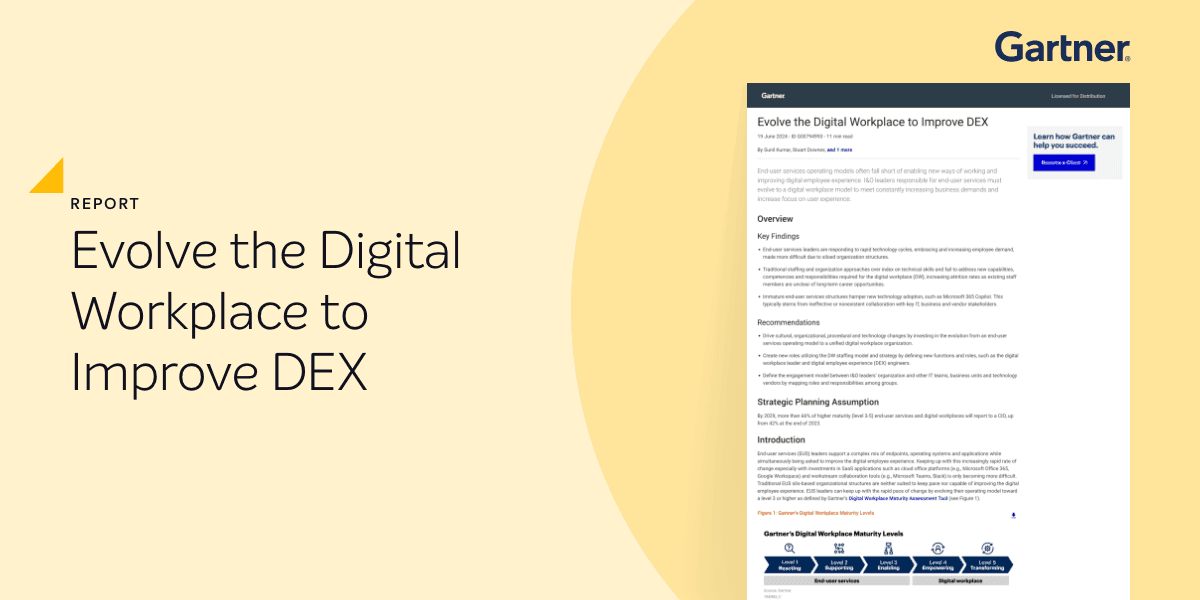Given the severe damage caused by the NotPetya and WannaCry attacks, which impacted many businesses for months, we recently felt compelled to sponsor a large research project to determine whether the situation had improved since those devastating attacks swept through the world.
Hence this report. 1E commissioned respected research house Vanson Bourne to survey 600 senior IT decision-makers (300 from IT Operations and 300 from IT Security) across the US and UK, to get a proper picture of the cybersecurity challenge from both sides of the IT fence.


